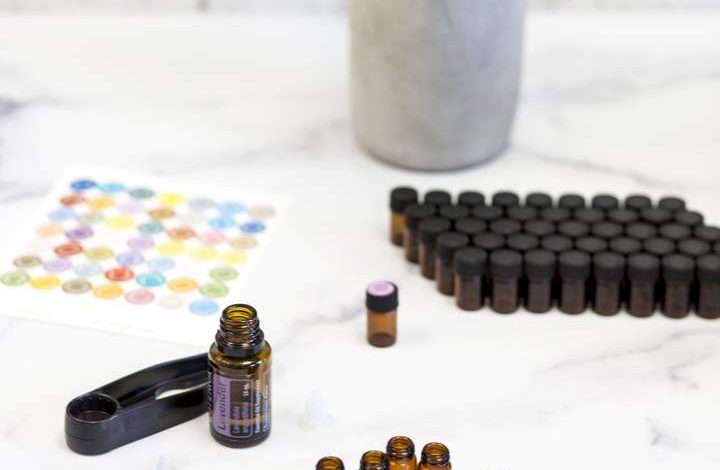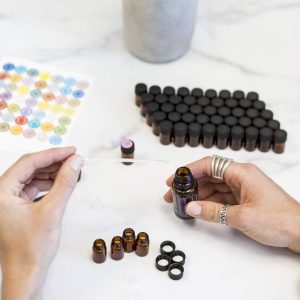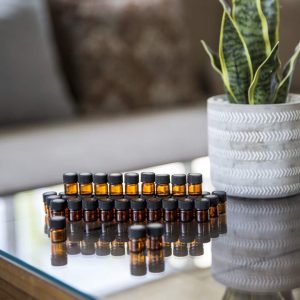Some Useful Tips OF Using Glass Sample Vials

Glass sample vials are ideal for collecting, storing, and sampling samples. They are typically made of Type I borosilicate glass and come with a rubber-lined cap. These glass sample vials are commonly use in the medical field and are ideal for various laboratory applications. Read on to learn more about these specialized vials. List below are some of the common types of Glass Sample Vials and their uses. Each type is list below.
Tubes are small, cylindrical containers with flat bottoms. Most sample vials are made of plastic or glass and contain a lid. Different types of sample vials may be autoclavable or non-sterile. They can also come with caps. There are several different kinds of glass sample vials. The type of glass a vial is made of affects its closure. While some are transparent, others are amber.
Types Of Glass Sample Vials
Sample vials come in different sizes, including glass and plastic. Some are clear and some are amber to prevent ultraviolet light from damaging the contents. Another type is the plastic variety, which comes in clear or amber resin. Each type of sample vial has a different closure and may be use for a specific purpose. These materials are useful for a variety of purposes. The glass samples are suitable for storing samples of various kinds of chemicals.

Vials are generally rectangular, but can also come in other shapes. Besides being use for general storage, they can be autoclavable and sterile. The material use to make the glass sample vials can also vary. They may have caps, lids, or seals. If you need a resealable sample vial, you can get a glass one. These types of glass samples are use for a variety of purposes, from analyzing samples to storing medications.
MER10ML20V1003 and MER10ML20V1001 Vials
Glass sample vials come in a variety of sizes and materials. The most common ones are 16 mm in diameter and 45 mm tall. They are available in various colors and can be use for different types of samples. They are categorized according to their materials, size, and purpose. The glass sample vials are typically transparent and have a screw cap. If you need a more transparent sample, try the MER10ML20V1003 and MER10ML20V1001, both of which have a screw thread.
There are many different types of sample vials available. Besides being sterile and clear, they can be use for various purposes. For general storage, glass sample vials are the most common. They are use in laboratories for a variety of purposes. While they are sterile, they can be use for storage. If you need to store a sample, you can use them in a variety of sizes. So you can store a lot of samples in them, so they’ll be safe to carry around.

Glass sample vials are generally clear or amber in color. Amber samples are usually protect from ultraviolet light. For the most sterile, clear sample vials are available. Regardless of the material use, sample vials are categorize base on their materials, sizes, and purpose. They can be of two different types: amber, plastic, and glass. The material of the glass use will determine the type of closure use.
Borosilicate glass Vials
The most common type of glass sample vials are those made from Borosilicate glass. The main difference is in the material they’re made from. Amber, for example, is more expensive than clear glass, and frost glass is generally more durable. These sample vials are generally use for testing and storage purposes, so it’s crucial that they be durable. Moreover, they should be easy to clean and maintain.

Glass sample vials are use for sharing essential oils with other people. Dabber caps make it easy to share the oils. Just press the dabber cap on any bottle opening to transfer the essential oils. Clearly labeling the sample with a rectangle label will help your customers identify the sample easily. Once you’ve decide to give them a sample of essential oil, consider using these bottles for your business. There are several reasons to use this type of glass sample bottle.
Because of their multiple uses, glass dram sample vials are use in the medical field. For example, they are useful for drug tests. They can also be use to preserve crime scene evidence. A forensic vial is typically not reusable, so the evidence store in it is irreplaceable. It’s important to remember that a jar is not the same as a jar. It’s possible to reuse a glass sample vials if you are needed.





